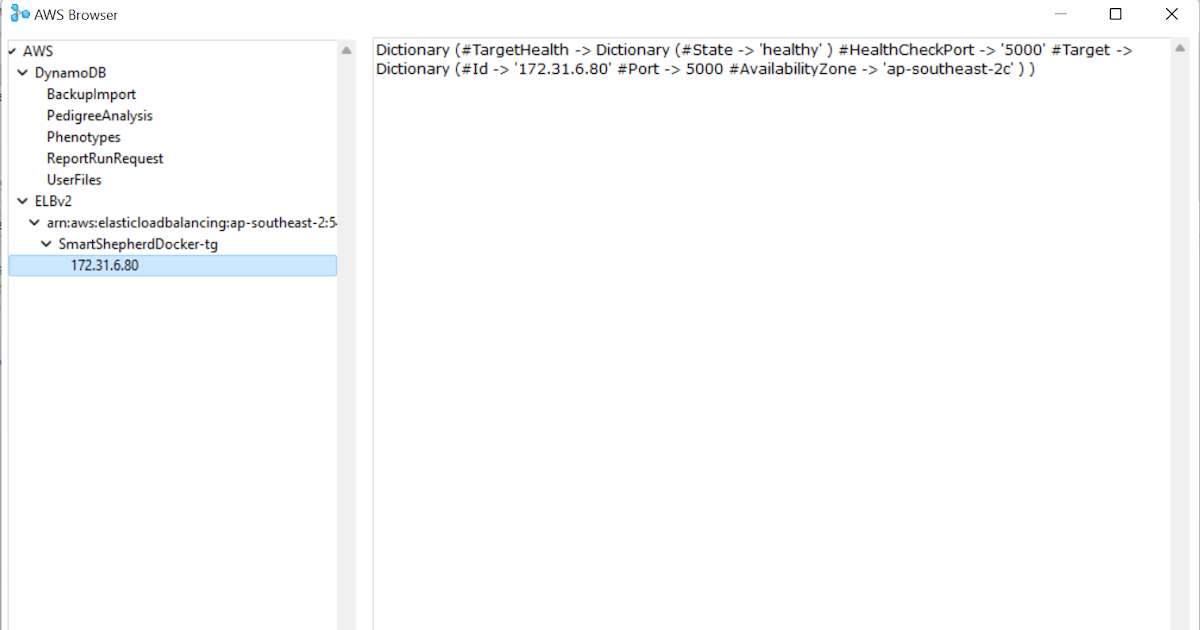How DWARF Works: Debug Information Entries - Jim Calabro
So far, we've parsed enough of the contents of an ELF executable to get the various debug info sections as raw byte arrays. Now, we'll use all these sections together to make progress towards properly inspecting a running instance of the target program.
This post's goal is to construct the Debug Information Entry (DIE) tree. This is a long task with several side quests along the way.
A DIE is a piece of information about a particular node of a compiled program, and they are stored in a tree. When compiler authors write parsers/lexers, the first step in the pipeline is generally attempting to turn the source text of a program in to an Abstract Syntax Tree, and you can sort of think of the DIE tree as a similar thing for DWARF debuggers. All your compile units, functions, variables, struct definitions, etc. each get an entry in the DIE tree. A DIE tree is really more like a forest in that each compile unit in your executable gets its own tree.
We will use these DIEs later on to ascertain key facts about a running process such as "what is the data type of the variable named x, and where in memory/registers are its bytes?", which is critical for building a debugger.



















